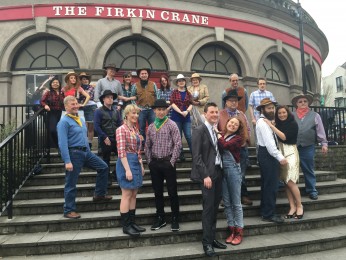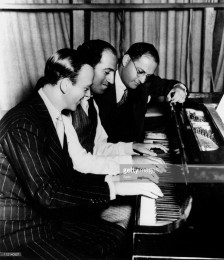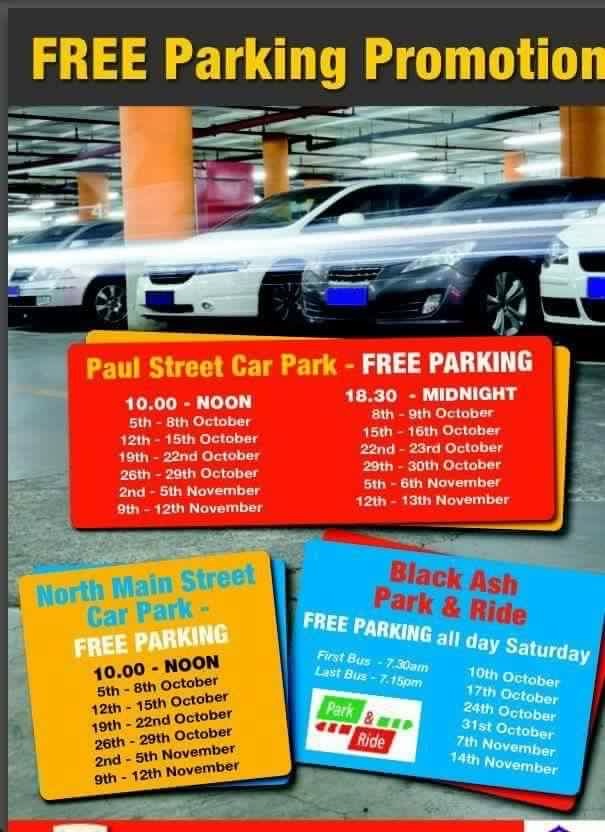
Kieran’s Our City, Our Town,
Cork Independent, 24 March 2016
Centenary Programmes: Reflecting 1916-2016
For a century, the stories of the Easter Rising and the Irish Citizen Army have morphed into powerful national metaphors for Irish identity. The events are written and spoken about in almost mythic and romanticised terms, encoded and re-encoded, distilled and re-distilled into key events and moments in the Easter period of 1916 and onwards into subsequent years – the idealism of democracy, the Rising, the Rebellion, the Volunteers, the reading of the Proclamation, the Irish Citizen Army, the standing down of those ready to fight outside of Dublin, the role of the GPO and its shelling by British forces, the violence, the surrender, the executed leaders, the sorrow, the questions of clemency, the morality, the internment camps, the beginning of the war of Independence, the role of objects of nostalgic currency such as participation medals, copies of the actual proclamation, the citizen army flag, letters and documentation.
In Cork many hundreds of Cork men and women mobilised (c.180 alone in the Cork City Battalion). An anxious standoff took place at the Volunteer Hall on Sheares Street between the Irish Volunteers who had gathered there and the British Forces. The intervention of the Lord Mayor and the Bishop of the day led to a peaceful outcome and no bloodshed. However these aspects and above and much more are all stitched into a national history framework – a cultural consciousness – a continuous conversation about Irish heritage by successful Irish governments and by civil society on what the building blocks of a national nostalgic and a national collective memory should be and their meaning, relevancy, value and connection to today’s world.
The Ireland 2016 Centenary Programme, under the Department of Arts, Heritage and the Gaeltacht, is a year-long programme of activity to commemorate the events of the 1916 Rising, to reflect on challenges and achievements over the last 100 years and to look towards Ireland’s future. The 31 local and community plans are a core element of the Community Participation strand of Ireland 2016, one of the seven programme strands alongside State Ceremonial, Historical Reflection, An Teanga Bheo – the Living Language, Youth and Imagination, Cultural Expression and Global and Diaspora. Over 2,000 events will take place in 2016 as part of the Ireland 2016 Centenary Programme. The 31 Local Authority Programmes for Ireland 2016 represent the outcome of many hundreds of hours of reflection, consultation and discussion involving thousands of people all over Ireland. Cork city and county, under the efforts of both local authorities, will have the biggest percentage of events in the country.
The Cork City programme is the outcome of consultations with interested local groups, organisations and individuals. Led by Cork City Council, the programme comprises events and initiatives ranging across all seven strands of the Ireland 2016 programme.
- Easter Monday Commemorative Ceremony to mark the 100th anniversary of the Rising in conjunction with Cork County Council. Events will be held at St. Francis Hall on Sheares Street, the home of the Cork Volunteers, and at the National Monument on Grand Parade. A synchronised wreath laying ceremony will be held at 1.15 p.m. – the time that the first shots of the 1916 Rising were fired.
- Sacrifice at Easter: Corcadorca Theatre Company will stage Sacrifice at Easter by Pat McCabe at Elizabeth Fort in June 2016. Written in response to the 1916 centenary, Sacrifice at Easter is a creative collaboration between director Pat Kiernan, writer Pat McCabe and renowned composer Mel Mercier.
- Exhibition: Perceptions 2016, the Art of Citizenship: Part of a series of exhibitions and events the Crawford Art Gallery will host in response to the 1916 Centenary, Perceptions 2016 is an exhibition, seminar and public engagement workshops and events that expand the range of voices, visions, perceptions and approaches to creativity that the public engage with. This will be held in cultural venues throughout the City including Crawford Art Gallery, Wandesford Quay Gallery, City Hall Atrium and a number of satellite venues around Cork.
- Exhibition on the 1916 rising and its connection to Cork City: Illustrating people, places and events connected to Easter Week in Cork at Cork Public Museum.
- Centre of Commemoration at St. Peter’s Church, North Main Street: Cork City Council will manage a year round venue based programme in St Peter’s Church on North Main Street. The centre will be called ‘The Centre of Commemoration’ and will host a range of exhibitions, talks, readings, music and community events. All national themes relating to Remember, Reconcile, Imagine, Present And Celebrate will be programmed, supported and presented into this venue.
- Ballyphehane 1916-2016 programme: Ballyphehane’s main roads are named after the seven signatories of the 1916 Proclamation. See their facebook page for more.
- Upstairs at The Oliver Plunkett, Revolution is a dramatic, specially commissioned series of plays, written and directed by Eoin Hally, which bring the events of 1916 to life. The series features six different plays, including the following: The Women of the Rising, O’Donovan Rossa Connection, WWI Roger Casement, The Lockout 1913, Connolly and The finale play – The Preparation and The Rising. Tickets are available to buy online at www.theoliverplunkett.com or at the bar.
For City City commemorative events,
see http://corkcity1916.ie/clar.pdf
and for the County Programme
see http://www.ireland.ie/sites/default/files/cork_county.pdf
Captions:
836a. Ballyphehane GAA group participating at the recent Cork City St Patrick’s Day Parade commemorating Ballyphehane’s historic roads named after the signatories of the 1916 Proclamation of the Irish Republic (picture: Kieran McCarthy)
836b. Large scale banner of the 1916 Proclamation of the Irish Republic, Cork City St Patrick’s Day Parade 2016 (picture: Kieran McCarthy)





